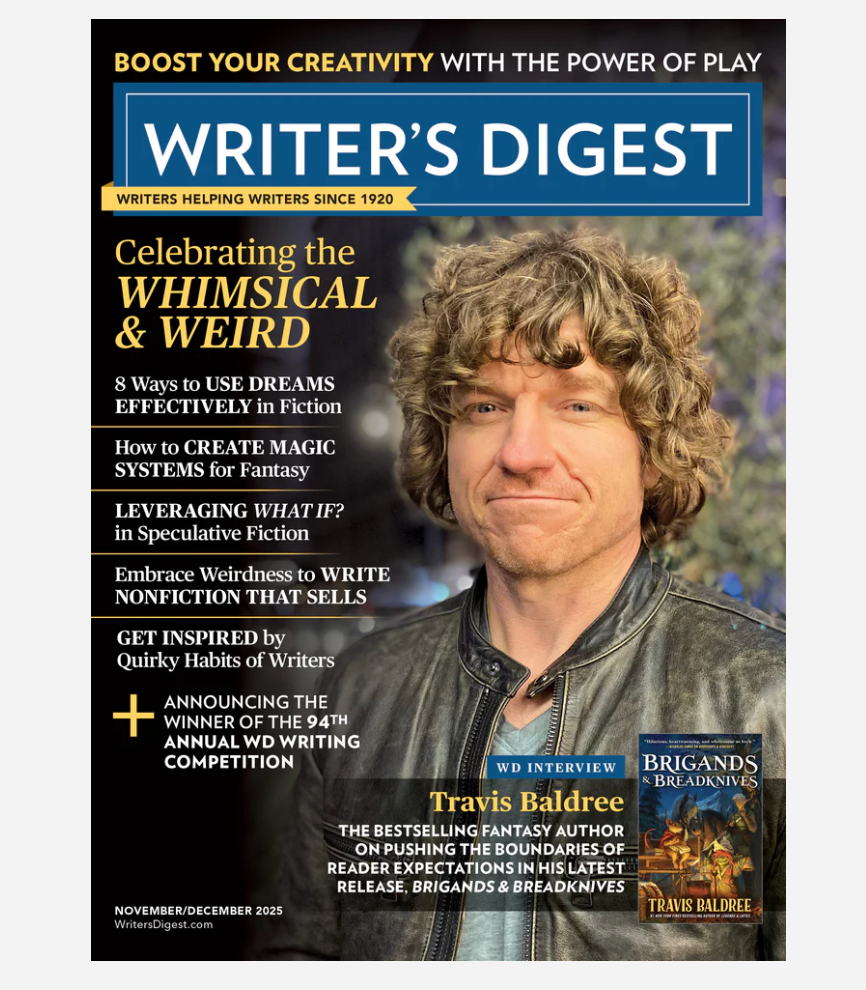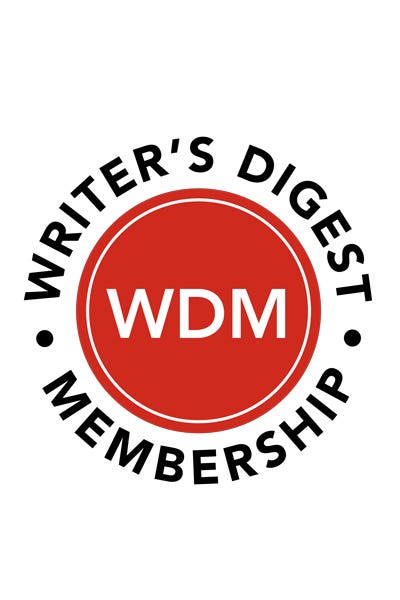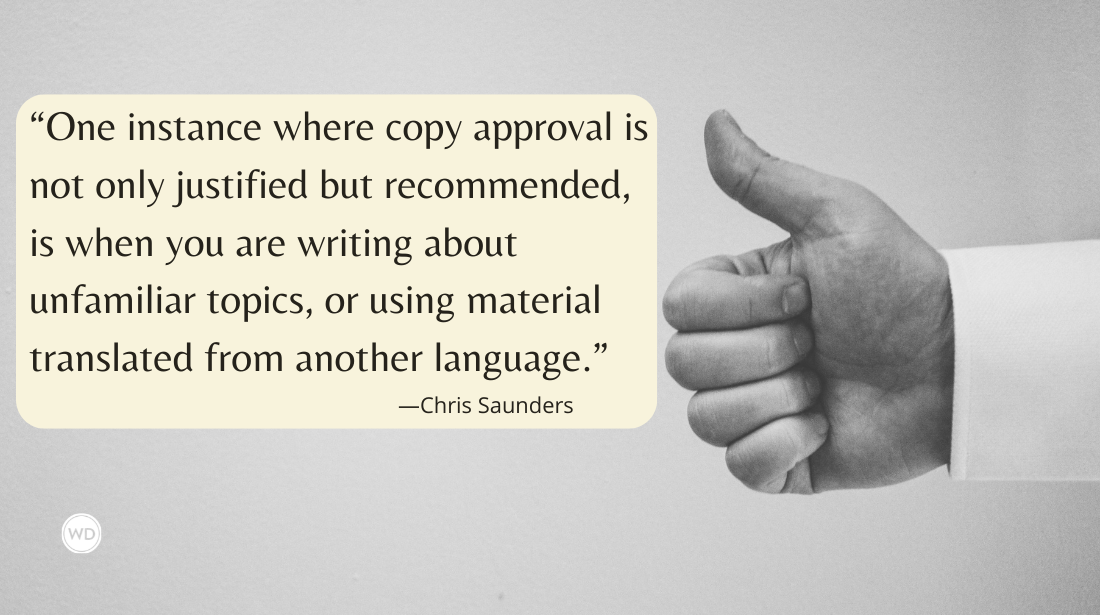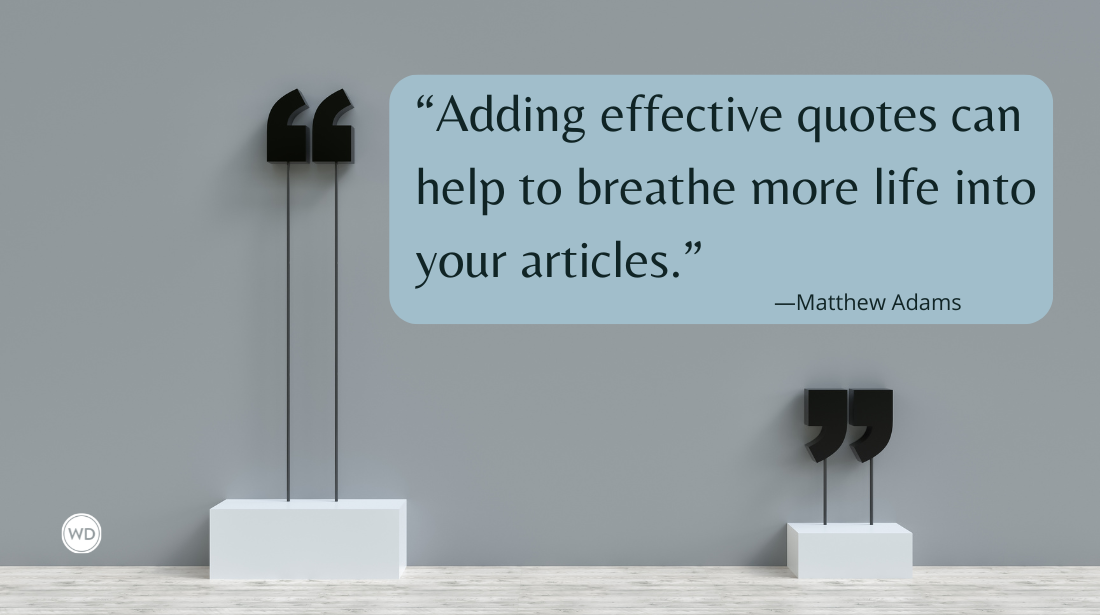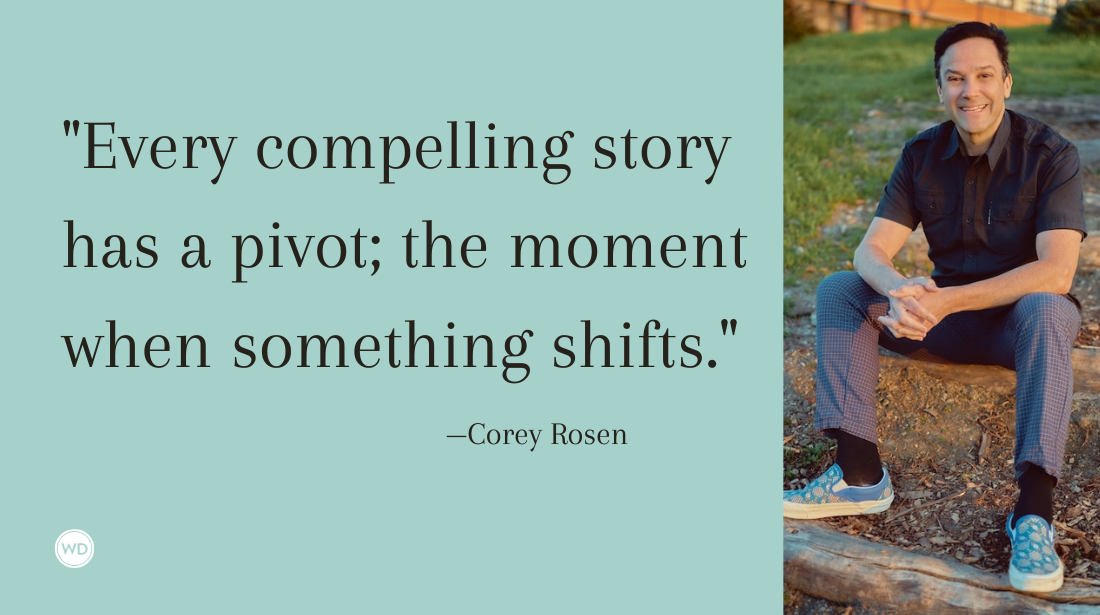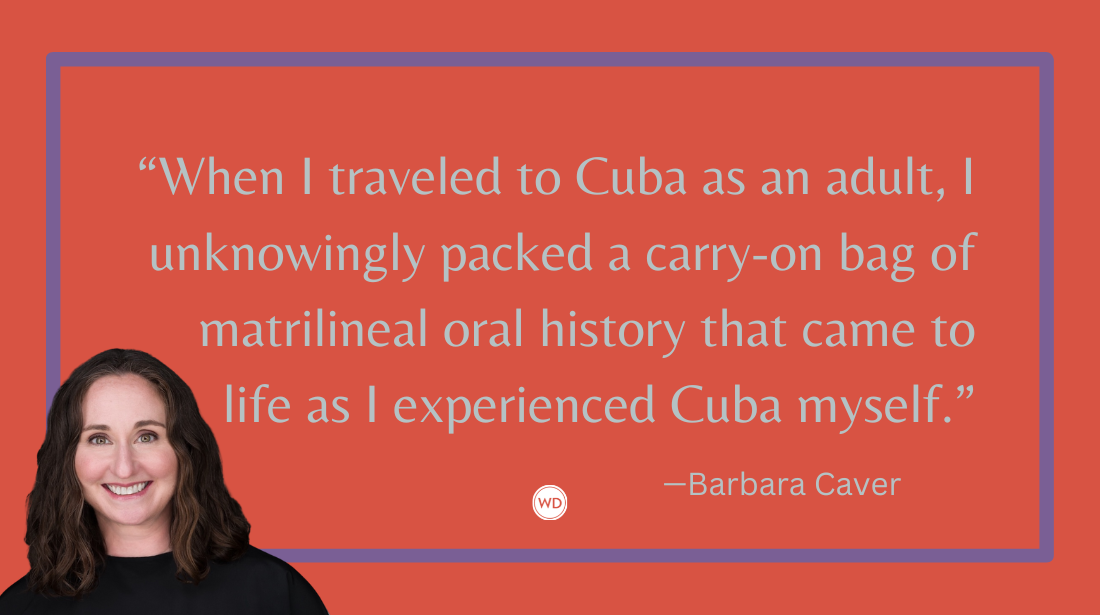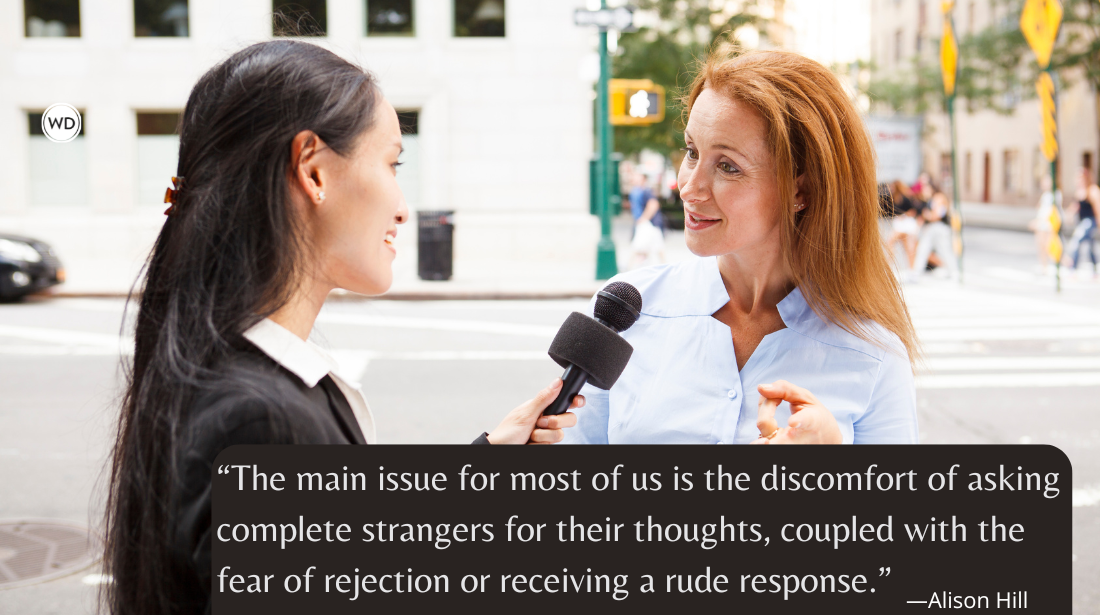On Blending Memoir and Theory to Survive
Growing up trans, queer, and disabled in the rural South, books were an escape and a security blanket. How could they not be? I was a lonely child, uneasy in…
Growing up trans, queer, and disabled in the rural South, books were an escape and a security blanket. How could they not be? I was a lonely child, uneasy in myself: long limbs prone to sprain and dislocation, towheaded mop of hair covering my eyes, a body that invited the hands of others even before I knew to say no. Yes, I felt unsafe at school and unsafe at home. But books—essays and novels and poems and even dense theory—all tethered me; they were in many ways the instrument of my survival.
My debut essay collection, Uncanny Valley Girls, is mainly not about books. A mix of memoir and criticism, it’s about survival and interpersonal relationships, using horror movies—another early obsession—to think through the ways art can save and vex us in equal measure. In other words, it’s a book about love, in all its complex valiances. But I couldn’t write it without this other foundation in literature, both the interiority I found in memoir and poetry and the rigorous critical eye I found in theory.
Because really, both these modes of writing saved me. “My silences had not protected me,” Audre Lorde famously wrote. “Your silence will not protect you.”
In memoir and creative nonfiction, I found the commitment to truth-telling that led me to believe my own truth could be told, the importance of sharing experiences with violence—sexual, physical, structural—and their aftermath. Through foundational authors like Lorde to contemporary writers like Melissa Febos, Johanna Hedva, and Elissa Washuta, I discovered ways to document said experiences and their bright aftermaths, the way hope can be practiced even in the wake of structural harm without negating the reality of said harm. Through these authors and others, I found the fortitude to end my own silence.
Uncanny Valley Girls is a book concerned with enduring pain, but it is also a book concerned with how to make a life we can live within. In it, I write: “The miraculous thing about a wound, after all, is not its capacity to heal. Many wounds do no such thing. The miracle is our capacity to live and love despite this wounding.” It was important for me to think—and feel—through my life to highlight this living and loving, and memoir was the most immediate way for me to do so at the time.
But as I wrote the book, I also was interested in thinking holistically and expansively about the media we consume. The essay collection is focused on horror, which for my money is the genre most concerned with violence’s aftermath—which, given the inescapability of violence between people in an unequal society, makes it the genre most concerned with intimacy and relationality as well. In Uncanny Valley Girls, I use horror as a mirror into my own life—a disabled trans woman in relationships with other disabled trans people, someone who had to construct a previously nonexistent faith in community in order to survive. The book itself is an act of community-construction too, a way to solidify and think through the ties that allowed me to live.
Though while I draw from memoir to construct this community, I also am interested in the long history of feminist and queer horror criticism as a form of truth-telling, too. Some of these works of criticism I draw from I cite explicitly—Julia Kristeva’s seminal monograph Powers of Horror, Eve Tuck and C. Ree’s “A Glossary of Haunting,” Willow Catelyn Maclay’s trans reading of the pubescent werewolf movie Ginger Snaps. And some of my other antecedents, including Carol J. Clover’s equally seminal Men, Women and Chainsaws and Jack Halberstam’s Skin Shows: Gothic Horror and the Technology of Monsters, I only allude to. Regardless, given the existing brilliance of so many horror scholars, I was interested in writing a book with a robust citational practice—a book that, in addition to conveying the emotional and material truth of how art can save a life, also engaged that art with intellectual rigor.
Which is, of course, something that Lorde believed in, too. Throughout her collected essays—Sister Outsider most famously, but also my favorite book of hers, A Burst of Light—she cites rigorously and widely, documenting a reading and thinking life. Even in constructing this essay, I built a false dichotomy; for all the memoirists and essayists who have most inspired me have similarly substantiative citational practices too. The thing about being saved by books is that it’s a recursive sort of salvation; books almost always point to other books, too. Even as I was engaging with film, which I do throughout the whole essay collection—good movies and bad movies, movies I hate that almost everyone else I know loves (like Black Swan) and movies I sometimes feel I’m a singular defender of (like Lars von Trier’s Antichrist)—I couldn’t keep other books and writers out. I love them too much not to include them. In giving me models for a writing and thinking life outside of the bounds of my own town, they helped me live, too.
In her essay “Believing in Literature” from her essay collection Skin, the lesbian feminist working-class writer Dorothy Allison, a creative and political lodestar of mine, talked about her own motivation for writing. She said: "What did I want? I wanted the thing all writers want—for the world to break open in response to my story. I wanted to be understood finally for who I believe myself to be, for the difficulty and grief of using my own pain to be justified."
I see this same motivation in theory, which is concerned with understanding the world through understanding and analyzing texts; and I see the same motivation in memoir, too, which is concerned with understanding the world through understanding the self. They’re both searching for the same understanding, which I tried to capture in Uncanny Valley Girls as well. How could I not? I wrote a book about survival, using the tools from memoir and criticism that allowed me to survive in the first place. It’s only through both, after all, that I was able to see my life in its full, shining wholeness. It’s only through both that I was able to break open my own world just a little, that I was able to live.
Check out Zefyr Lisowski's Uncanny Valley Girls here:
(WD uses affiliate links)


